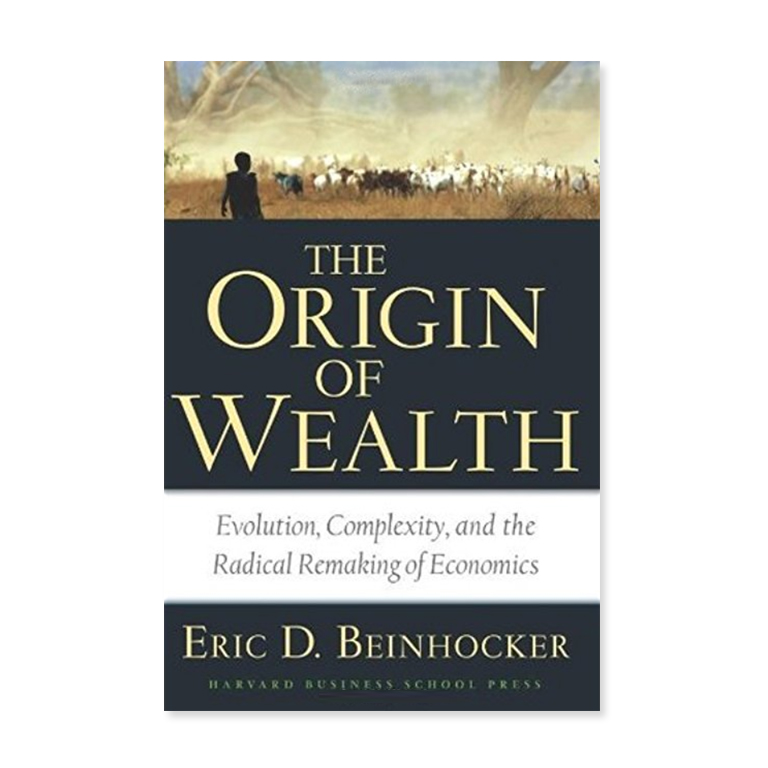So, the first book of 2014 is Nudge, Improving Decisions About Health, Wealth, and Happiness, by Richard H Thaler and Cass R Sunstein. I picked it up because my new goal, here in a few years, is to go back to grad school for a degree in Economics and I’d like one of my main focuses to be Behavioral Economics.
Sunstein and Thaler use Nudge to outline a term that (I believe) they coined called “Libertarian Paternalism,” which is essentially using Choice Architecture to influence a person to make the “best” decision. In design, we usually refer to this as “Design Paternalism” or “Paternalistic Design.”
The First Chapter:
Thus far, at least from the perspective of an interaction designer, the book is pretty straightforward, although there are a number of vocabulary terms that the authors have taken from psychology that are helpful for us to keep in mind, especially as we seek to not only “improve usability,” but actually have a positive influence with our designs (though these terms are agnostic and can be used for evil as well!).
Automatic and Reflective Systems:
This concept strikes a similarity with the Behavioral-Visceral-Reflective concept outlined in Norman’s Emotional Design, though Norman’s book deals more with stimulus than decision making. Essentially, Thaler and Sunstien suggest that humans use two modes of thinking to make decisions. Reflective decision making takes a lot of brain power and consideration while Automatic decision making is more of an impulse. The authors suggest that in a complex world, this is helpful in allowing us to reduce cognitive load, but we run into problems when we start using Automatic Thinking in complex matters such as Healthcare or Financial decisions where Reflective Thinking belongs.
We do this by establishing Heuristics, or rules of thumb, that are easy to remember and accurate most of the time. Heuristics research was started in 1947 by two Israeli psychologists, Amos Tversky and Daniel Kahneman, and outlines three main Heuristics that people tend to follow (though many more have been explored since):
Anchoring and Adjusting: Anchoring happens when a person bases a guess on a first piece of information: an anchor. Generally, a person will assume that that Anchor is the norm, and make an adjustment based off of it. For instance: if I tell you that the average price of a used harley davidson is $10,000, and then ask you to guess the price of my Kawasaki, you’ll lik
Availability: The Availability Heuristic is based on the notion that the more you hear about, and therefore think about, something, the more common you believe it is. For me, one of the most memorable examples was the fact that there are actually more suicides than homicides every year – who knew? Usually only homicides make the news. The Availability Heuristic is also used to describe why people fear statistically uncommon things like terrorism more than car crashes.
Representativeness: I liken the Representative characteristic to a Stereotype. Essentially, we build models for the way that people or things with a certain look act, and automatically assume them to be true.
As humans, we have a few other tendencies that tend to color our judgement, again, disproving Rational Choice Theory:
Optimism and Over-Confidence: In general, humans are overly optimistic about their own success. When polled, for instance, over 90% of drivers believe that they are above average. Amso when asked, most entrepreneurs know that only about 50% of business ventures are successful, but when asked about their own business, on average they will give themselves a 90% chance.
Gains and Losses: On average, people feel twice as fearful of a potential loss than desiring of an equal gain. In an experiment, people were asked to play a coin toss game: heads you win $X, tails you lose $100. How much would X have to be for you to play the game. The average response was $200. For this reason, it is generally more effective to label something as a loss rather than a gain. If filing a tax return, for instance, would entitle you to $350, saying “You’re losing $350 if you don’t file this,” would be more effective than saying “You’ll get $350 for filing this.”
Status Quo Bias: In general, people value the status quo more than it is actually worth.
Framing: A lot of influence over the way people make decisions comes from the way that questions are framed. People who are told, for instance, “this surgery has a 90% success rate,” are statistically more likely to go under the knife than those told “1 in 10 don’t make it out of this procedure.”


